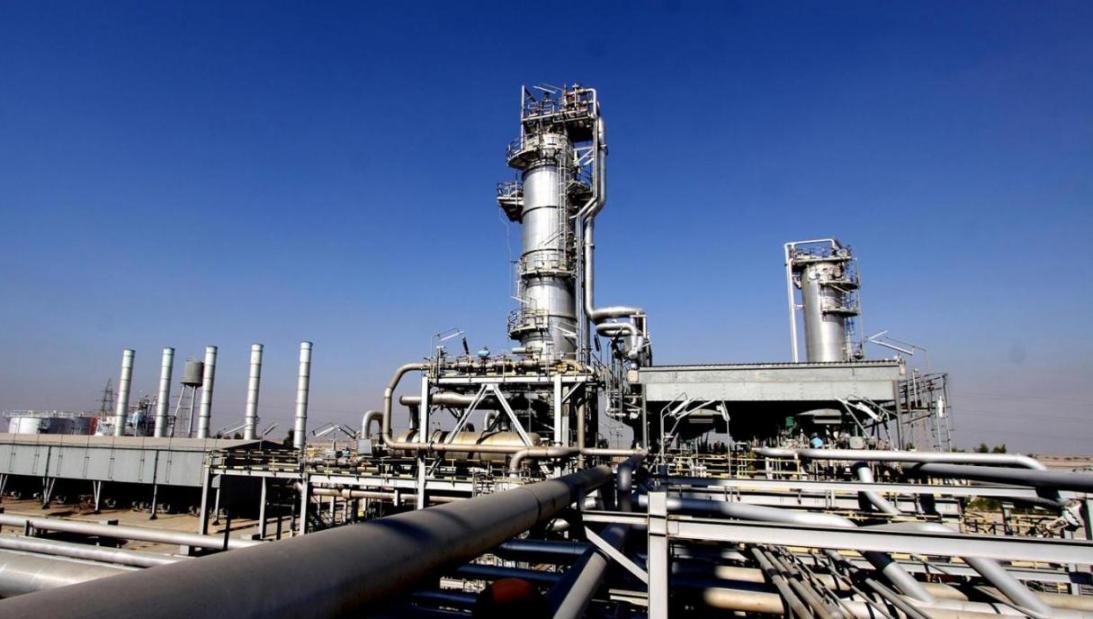The joint North Yaran oilfield shared by Iran and Iraq has been shut down by Khuzestan Province’s officials due to environmentally harmful hydrocarbon extraction procedures, IRNA reported, quoting an official at the Petroleum Engineering and Development Company (PEDEC).
Elham Ardalani, director of the PEDEC’s environmental health and safety (EHS) department, voiced dismay with Khuzestan Province’s governorate, and said that the PEDEC representatives were supposed to hold a meeting with provincial officials this week to discuss the matter, but the officials “did not wait and decided to shut down all operations in the oilfield prior to the meeting.”
“Officials claim operations conducted in the oilfield are environmentally harmful; as such, they have issued orders to cease all activities in the area, including road construction and installing pipes.”
Stressing the PEDEC’s environmental compliance, Ardalani added: “We are in contact with the governorate to clear up misunderstandings and restart all operations.”
The North Yaran oilfield, located on the Iran-Iraq border, is 130 km west of provincial capital Ahvaz and covers an area of 69 sq km.
In January, IRNA reported that oil production in North Yaran oilfield was expected to increase to 15,000 barrels per day by June 2015, and to 30,000 barrels by April 2016. Khuzestan governorate’s move, however, may have put a dent in the PEDEC’s plans.
Unrelated to Dust Storms
Ardalani had previously denied assertions by Department of Environment (DoE) officials regarding PEDEC’s outdated oil extraction and exploration methods in Hoor al-Azim wetland in Khuzestan Province.
Top DoE officials are vocal critics of the procedures used to extract oil from the wetland, which they believe have led to the desiccation of the once prosperous lagoon, turning it into a major source of dust storms in the province.
“The DoE’s claims are unverified and completely off-base,” said Ardalani, adding: “We complied with environmental regulations and none of our methods involved drying up the wetland.”
The road which divides the wetland is built on top of waterways which allow the passage of water between the two sections of the wetland, she said, adding that there are currently 244 waterways, with another 24 to be built in the near future.


